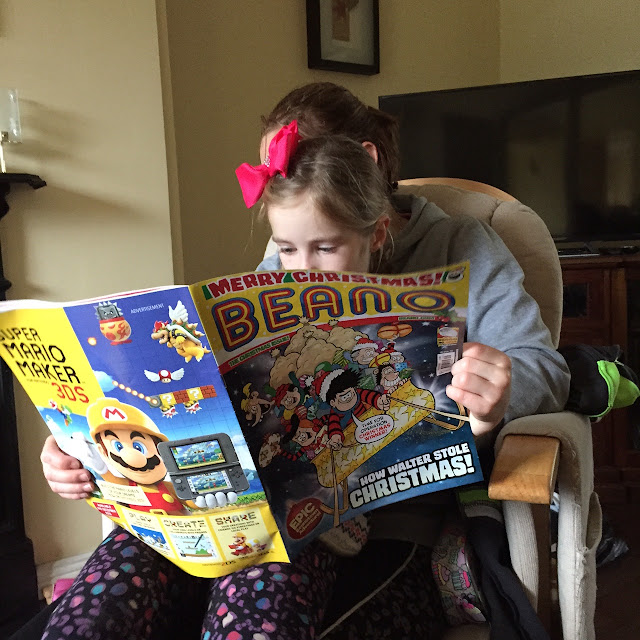Tomorrow is February 1 2017, Lá Fhéile Bríde. The photo from the internet is of Bridgitswell in Kildare. She is our patron saint, of equal status with St. Patrick. Today we celebrate her and by tradition, we hang her cross to ward off evil.
<<<<<<<<<
Beale on the Wild Atlantic Way
Ita Hannon loves her native Béal and you can see why. This is just one of the many beautiful scenes she has captured and shared with us.
<<<<<<<<
Trip to Trinity
Presentation Secondary School students paid a recent visit to Trinity College Dublin.
(photo; Twitter)
<<<<<<<<<<
Ballybunion Sea and Cliff Rescue
Isn't this a super photo? It was taken on Christmas Day in Ballybunion and posted on the internet.
I apologise for not noting the photographer's name.
<<<<<<<<
Broderick's Bar, Tae Lane, Listowel
<<<<<<<<<<
Summers in the 1950s Remembered by Maria Sham
During the summer school holidays we would take jam pots and go to Teampaillín Bán. I think the name means in English the little white graveyard. People were buried in a mass grave there during the Famine, only we did not know that then. Years later my brother Neilie got a group together and had a monument erected there to all the people of the famine who are buried there. The walk was on the Ballybunion road and I can still smell the tar on the road melting with the heat. In Teampaillín Bán there was a stream and we would paddle and catch kissans [little fish] and bring them home in our jam jars; the poor things did not survive long; we killed them with kindness over feeding them.
Also trips to Ballybunion, that was fantastic, Mam and Aunty Angie would bring tomato sandwiches, a large apple pie in a roasting tin and ' currant loaf, we would get a tray of tea at Collins’, (which was a house just off the beach) a large pot, milk, sugar and cups, all for I think 2 shillings. First we ran into the sea only in our knickers as we did not have swimsuits. After we would have our tea and it was fantastic. Even if the tomato sandwiches were full of sand nobody cared. Before leaving Ballybunion we would get our sand buckets and when the tide was gone out we marched off to the rocks and filled our buckets with periwinkles that we would boil when we got home. I remembered going to Ballybunion once with my aunt Eily in the donkey and cart, there was not that many motor cars or buses on the roads then.
At the back of our house there were a lot of elder bushes and we would hold concerts there. Admittance was a piece of broken china or a bottle top. We would dress up and pretend all kinds of things. We would put the elder flowers in our hair and pretend to be princesses. We would make mud cakes in empty polish tins and decorate them with daisies. We would have pretend shops.
As we got older it was not all play, Doreen and myself had to do jobs in the house i.e. wash up and clean the windows. There were brass rods on the stairs we had to clean with Brasso. Another job for us girls was to clean all the shoes for everyone on Saturday for Sunday mass.
My education finished at the convent at the early age of 15 followed by 2 years at the local technical college.
I left for England in March 1959 on the first step to my future.
<<<<<<
A Few Names
Marie Shaw thinks she recognises a few faces in Maria Sham's photo.
This was a younger class for me but I THINK I recognize a few girls.
Third from left, back row is definitely Joan Relihan (Brennan)
Fourth from right, back row looks like Anne Wixtead.
Margaret Dillon, front row in plaid.?
Cathy Mae Leahy or maybe her sister Eleanor, front row, first on right and Maeve Mooney, second from right, front row.
God, that's a long time ago.
Keep the memories coming Mary!
Third from left, back row is definitely Joan Relihan (Brennan)
Fourth from right, back row looks like Anne Wixtead.
Margaret Dillon, front row in plaid.?
Cathy Mae Leahy or maybe her sister Eleanor, front row, first on right and Maeve Mooney, second from right, front row.
God, that's a long time ago.
Keep the memories coming Mary!































